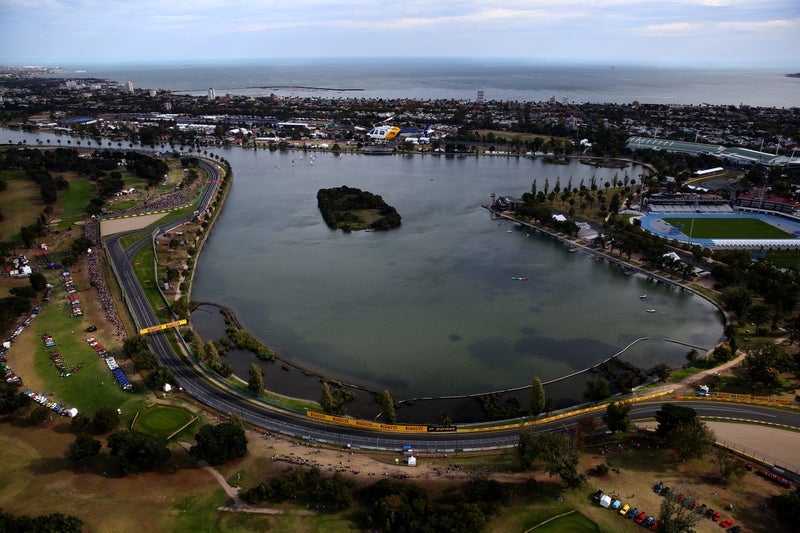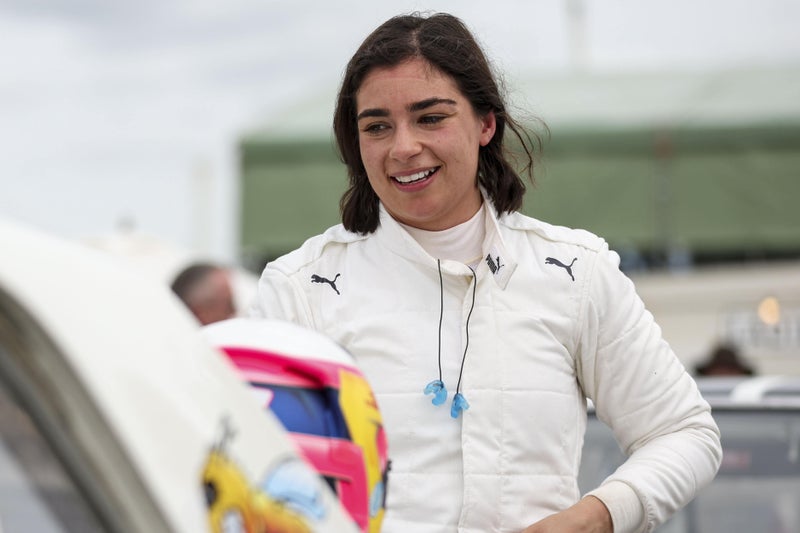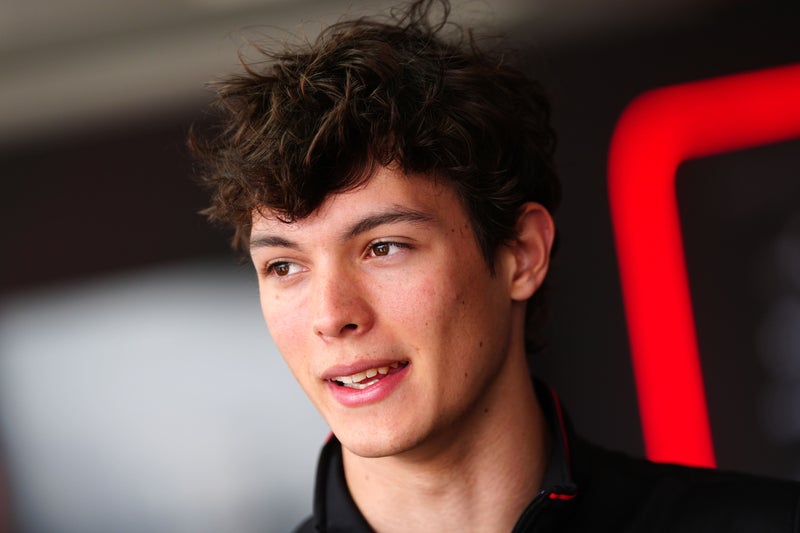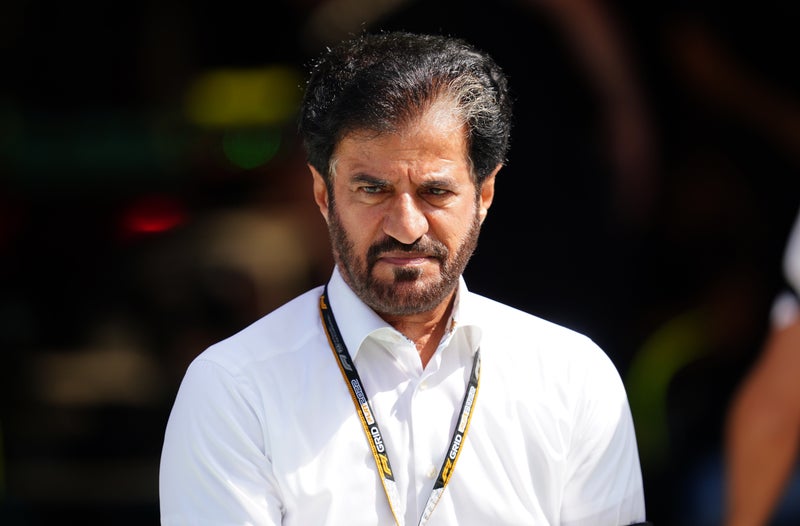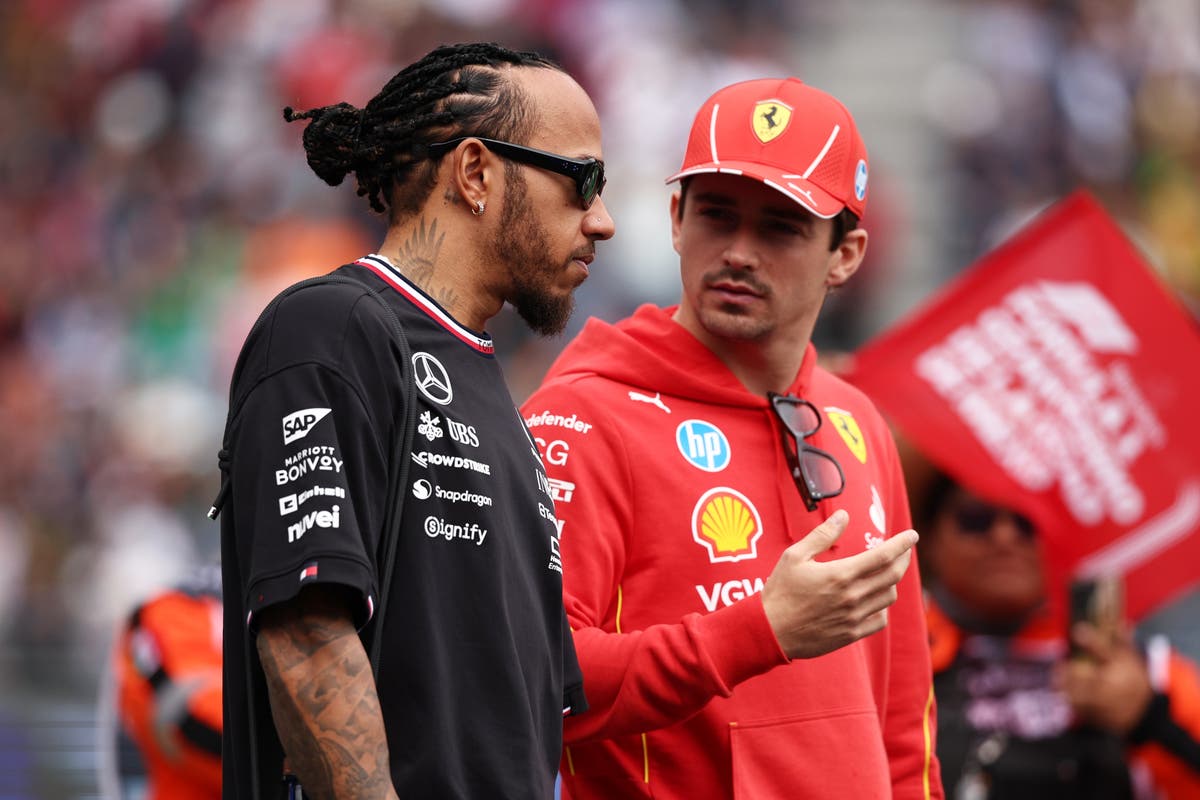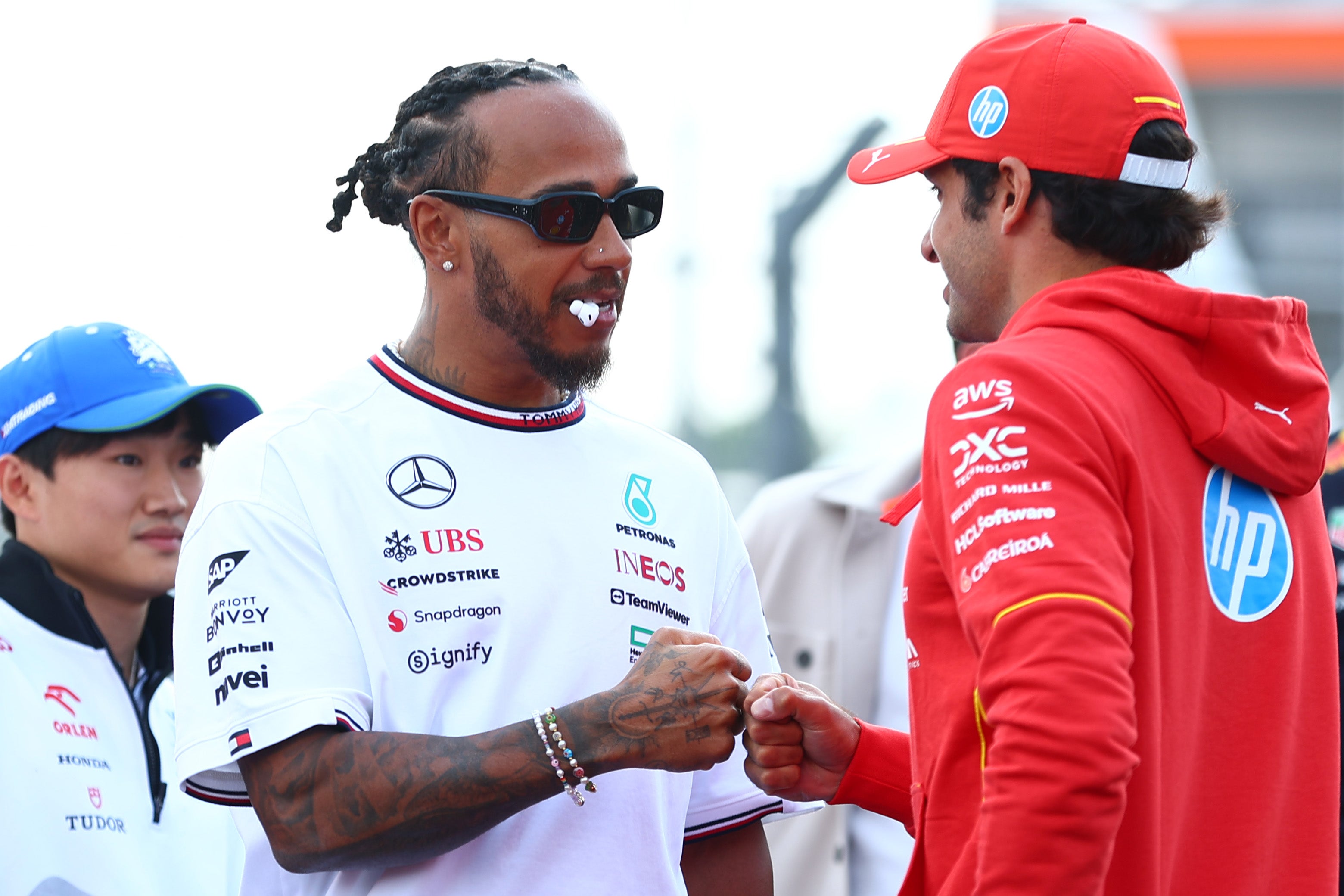Changes made to F1 Australian GP track after massive George Russell crash
Changes made to F1 Australian GP track after massive George Russell crash
Share:
A series of crashes at the 2024 event in Melbourne means the FIA have made some modifications. The FIA have made changes to the Albert Park street circuit after safety concerns ahead of the season-opening Australian Grand Prix next month. Both George Russell and Alex Albon sustained heavy crashes last year at turns 6-7, which had been reprofiled and made faster, with Russell particularly aghast as his Mercedes rebounded off the barrier and back onto the racing line.
As a result, F1’s governing body and local authorities have opted to move the barrier on the left of the track, positioning it at a different angle to minimise the risk of cars “rebounding” back on track. The existing gravel trap has also been extended to the edge of the kerbs, while the kerbs themselves have been altered to sit lower than the track surface, reducing the risk of cars becoming unstable.
The track markings, previously yellow, have also been changed to white, in line with most F1 circuits. Russell said after his crash, following a manoeuvre from Fernando Alonso, last year: "The corner [itself] is amazing, probably one of the best corners on that circuit, so I wouldn't want to see that corner changed. "But all circuits that have the barriers in certain positions, if it's going to propel you back onto the circuit, that's obviously not good.
"We don't want to have big runoffs. Just the position of that wall, even if it's closer to the track but in line with the circuit, at least you wouldn't bounce off onto the racing line.". An FIA spokesperson said of the changes: "Following a review of last year's event at Albert Park, several changes to Turn 6 and Turn 7 have been approved in collaboration with the local ASN and the grand prix organisers.
"The kerb at the exit of Turn 6 through entry and apex of Turn 7 has been replaced with a single specification of negative kerb. "This adjustment removes the transition from negative to positive kerb that was present in this area, which previously had been addressed by local modification (grinding) of the kerb to provide a smoother transition between kerb types. The intent is to remove the possibility of this transition destabilising a car.
"Additionally, the gravel trap now extends to the back of the kerb and the barrier on the left-hand side of Turn 7 has also been moved and re-profiled to mitigate the possibility of a car coming to rest in a position near the racing line following an impact with the energy absorbing barrier in this area. "These changes were proposed based on feedback from the FIA Safety Department following their ongoing analysis of all circuits, as well as input from drivers and teams. They aim to provide improvement in safety whilst maintaining corner dynamics and exciting racing.".
